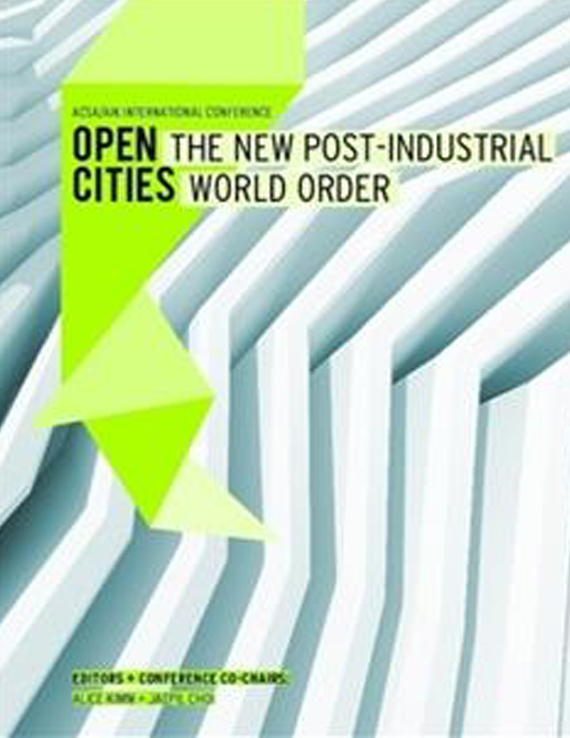Author(s): Marta Rodriguez
Transnationalism creates a blurring, a reordering of cultural, social and epistemologicalbinary distinctions in our modern period. Transnationalism accepts “style”without hierarchy; it offers cultural equivalence and global adaptation, enabled bycommunication technologies. Transnationalism is associated with nomadism, strongestin times of strong economic growth and social revolution.Transnational designers are frequently disciples of great masters, who undergo atransforming encounter by avant la lettre contact with other culture(s). CharlottePerriand (1903-1999) stands as a paradigm of a French-Japanese architecturaldialogue. The ambassador of Le Corbusier’s ideas in Japan, she remains the mostinfluential Western woman architect in Japanese history. In the 1930s, modern architecturebecame fashionable across much of the industrial world, regardless oflocation, people or circumstances—the ‘International Style.’ It displaced diversitywith a single, exclusively functionalist model. Perriand rebelled and aspired towardsa different kind of transnational architecture. Her projects, like the DemountableWeekend House (1934-1935) or Le Vieux Matelot (1938), evidenced transnationalfeatures even before her first trip to Japan in 1940, a transformation made possibleby encounters with Japanese culture in Paris in the late 1920s.In the 1980s, Kazuyo Sejima (b.1956) began her career, which followed a similarpath; it was another decade of high economic growth, industrial development, andsocial revolution, this time in Japan. Sejima became the most influential Japanesearchitect in history; she is Japan’s ambassador to the West. She follows a path ofAsian and Western transnationalism keenly aware of its history: her university studiesembraced both Le Corubiser and Eleen Gray’s influence, that earlier Japonisme.While working with Toyo Ito afterwards, Sejima became interested in Perriand’s “lifeof creation”, too. Her first works after becoming independent from Ito’s office, werealso transnational in character, like her Platform Houses (1988-1989), which she presentedas “futuristic” alternatives to convention.Both, Perriand and Sejima, moved across cultures from the first moments of theircareers. Their transformative encounters between their familiar territory and one faraway, between Japan and the West, began before leaving their own homes. Perriandand Sejima embodied a new kind of femininity. They took advantage of their statusproactively from the very beginning of their professional trajectory. Women’s freedomwas celebrated in popular media, which dramatized the power of women asconsumers of clothes, of pleasure, and of domestic and small-scaled architecture.The New Woman had a crucial role in an environment of booming leisure and consumption,where new lifestyles and the flourishing of urban nomadism demandednovelty and experimentation in architecture. Their approach was highly personal,designing objects for themselves, using their body as a unit of measurement, andpromoting their image.1980s Japan, like 1920s France or China of the past ten years, were decades ofsplendor, rapid economic growth, industrial development, and social revolution inprominent cultures. In this paper I will describe the trajectory these two importantwomen took, but others—like Zaha Hadid in China—offer similar stories, underscoringbroader value of the lessons to be learned.
Volume Editors
Alice Kimm & Jaepil Choi
ISBN
978-0-935502-91-6

 Study Architecture
Study Architecture  ProPEL
ProPEL 
